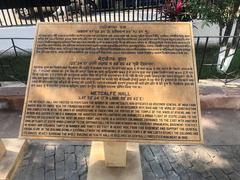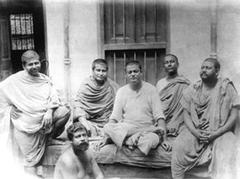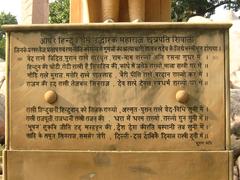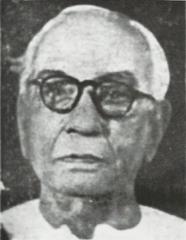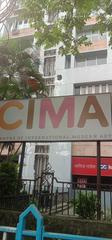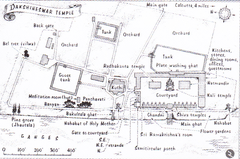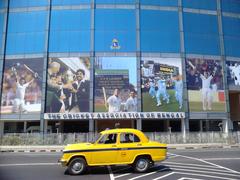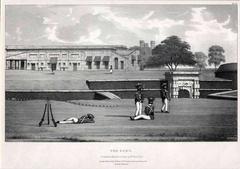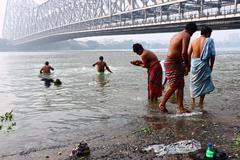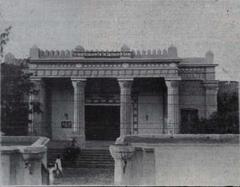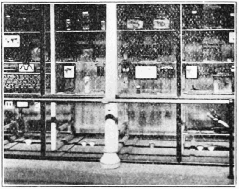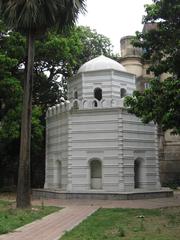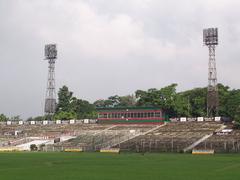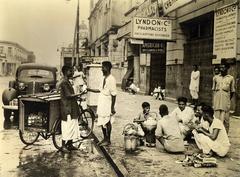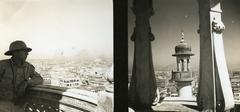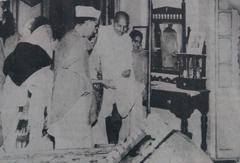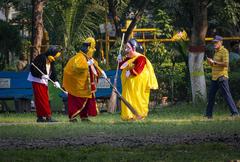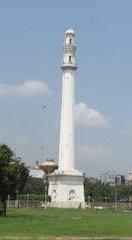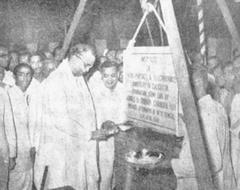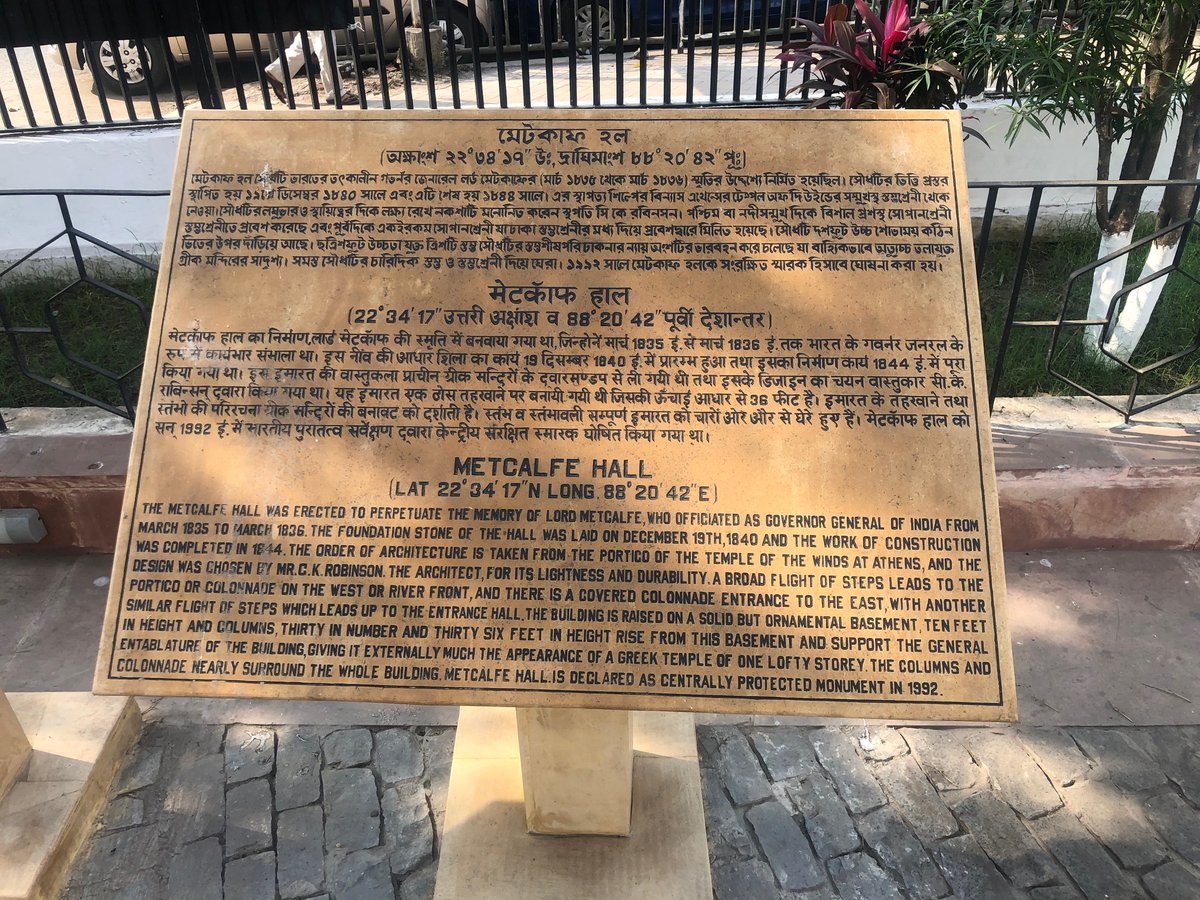
Comprehensive Guide to Visiting Hare Street, Kolkata, India
Date: 19/07/2024
Introduction
Hare Street, located in the heart of Kolkata, India, offers a captivating journey through colonial history and architectural grandeur. Named after David Hare, a Scottish watchmaker and philanthropist, this street stands as a testament to Kolkata’s rich past and vibrant present. Hare’s contributions to Bengal’s educational development, including the founding of Hare School and Hindu College (now Presidency University), have significantly influenced the intellectual landscape of the region (The Telegraph). Visitors to Hare Street can explore a variety of historical, cultural, and economic landmarks that reflect the street’s enduring legacy. Notable colonial-era structures like the General Post Office (GPO) and the Writers’ Building showcase a blend of Victorian, Gothic, and Indo-Saracenic architectural styles (Kolkata Municipal Corporation). Additionally, Hare Street’s proximity to Dalhousie Square (now B.B.D. Bagh) highlights its historical role as a commercial and governance hub during the British Raj (Reserve Bank of India). Today, this area continues to be a bustling center of activity, offering visitors a unique glimpse into Kolkata’s storied past while accommodating modern needs.
Table of Contents
- Introduction
- Historical Background
- Visitor Information
- Key Landmarks
- Frequently Asked Questions
- Conclusion
- References
Historical Background
Colonial Origins
Hare Street, located in the heart of Kolkata, India, is steeped in colonial history. Named after David Hare, a Scottish watchmaker and philanthropist who played a significant role in the educational development of Bengal during the British Raj, the street is a testament to the city’s colonial past. David Hare was instrumental in founding several educational institutions, including Hare School and Hindu College (now Presidency University), which have shaped the intellectual landscape of Kolkata (The Telegraph).
Architectural Heritage
The architecture along Hare Street reflects the grandeur of British colonial design. Many buildings on this street were constructed during the 19th and early 20th centuries, showcasing a blend of Victorian, Gothic, and Indo-Saracenic styles. Notable structures include the General Post Office (GPO), an iconic building with a majestic dome and Corinthian columns, and the Writers’ Building, originally built in 1777 to house the clerical and administrative staff of the British East India Company (Kolkata Municipal Corporation).
Economic Significance
During the British era, Hare Street was a bustling commercial hub. It housed several important financial institutions, including the Reserve Bank of India (RBI) and various British trading companies. The street’s proximity to Dalhousie Square (now B.B.D. Bagh) made it a strategic location for business and governance. The economic activities on Hare Street played a crucial role in establishing Kolkata as the financial capital of British India (Reserve Bank of India).
Cultural Impact
Hare Street has also been a center of cultural and intellectual activity. The presence of educational institutions like Hare School and Hindu College attracted scholars, writers, and thinkers. This intellectual milieu contributed to the Bengal Renaissance, a cultural and social reform movement in the 19th and early 20th centuries. Prominent figures such as Raja Ram Mohan Roy, Ishwar Chandra Vidyasagar, and Rabindranath Tagore were associated with this movement, which sought to modernize Bengali society and culture (Bengal Renaissance).
Post-Independence Developments
After India gained independence in 1947, Hare Street continued to evolve. The street saw the establishment of new government offices, banks, and corporate headquarters. The Writers’ Building became the secretariat of the Government of West Bengal, symbolizing the transition from colonial rule to self-governance. Despite these changes, the street has retained much of its historical charm and significance (Government of West Bengal).
Preservation Efforts
Efforts have been made to preserve the historical and architectural heritage of Hare Street. The Kolkata Municipal Corporation, along with various heritage conservation organizations, has undertaken initiatives to restore and maintain the old buildings. These efforts aim to protect the street’s unique character while accommodating modern needs. The General Post Office, for instance, has undergone several restoration projects to preserve its architectural integrity (INTACH).
Visitor Information
Visiting Hours and Tickets
Most of the landmarks on Hare Street, such as the General Post Office and the Writers’ Building, can be viewed from the outside at any time. However, for guided tours or access to specific buildings, it’s advisable to check their official websites for visiting hours and ticket information.
Travel Tips
- Best Time to Visit: The best time to visit Kolkata is during the winter months (November to February) when the weather is pleasant.
- How to Get There: Hare Street is well-connected by public transport. The nearest metro station is Esplanade, and several buses and taxis are available.
- Nearby Attractions: Dalhousie Square, Victoria Memorial, and St. John’s Church are some nearby attractions worth visiting.
- Accessibility: Most of the landmarks are accessible to people with disabilities, but it is recommended to check in advance for specific facilities.
Key Landmarks
General Post Office (GPO)
An architectural marvel with a rich history, the GPO is one of the most recognizable landmarks on Hare Street. It was established in 1864 and continues to function as a central postal hub (India Post).
Writers’ Building
Originally built for the clerks of the British East India Company, this building now serves as the secretariat of the Government of West Bengal. Its red-brick façade and historical significance make it a must-visit landmark (Government of West Bengal).
Hare School
Founded by David Hare in 1818, this school is one of the oldest educational institutions in Kolkata. It has produced many notable alumni who have contributed to various fields (Hare School).
Frequently Asked Questions
- What are the visiting hours for the General Post Office?
- The GPO is open from 10 AM to 5 PM on weekdays. It is closed on Sundays and public holidays.
- Is there an entry fee for the Writers’ Building?
- There is no entry fee, but access is restricted to certain areas. Guided tours are recommended.
- Can I take photographs of the landmarks?
- Photography is allowed in most outdoor areas but may be restricted inside certain buildings. Always check local guidelines.
- Are there guided tours available?
- Yes, several tour operators offer guided heritage walks that include Hare Street.
Conclusion
Hare Street encapsulates the essence of Kolkata’s diverse heritage, offering an immersive experience that spans colonial history, architectural splendor, cultural richness, and economic significance. From its origins during the British Raj to its evolution post-independence, this street has retained its historical charm while adapting to contemporary needs. Key landmarks like the General Post Office and the Writers’ Building serve as enduring symbols of the city’s colonial past and its transition to self-governance (India Post, Government of West Bengal). Preservation efforts by heritage conservation organizations and the Kolkata Municipal Corporation ensure that Hare Street’s unique character is maintained for future generations to appreciate (INTACH). For visitors, Hare Street offers a rich tapestry of experiences, from exploring historical landmarks and cultural hubs to enjoying local cuisine and shopping at nearby markets. Whether you are a history enthusiast, an architecture aficionado, or a curious traveler, a visit to Hare Street promises a memorable and enriching journey through Kolkata’s past and present. For more travel tips and updates, download our mobile app Audiala, check out our related posts, or follow us on social media.
References
- The Telegraph, 2023, The Telegraph
- Kolkata Municipal Corporation, 2023, Kolkata Municipal Corporation
- Reserve Bank of India, 2023, Reserve Bank of India
- India Post, 2023, India Post
- Government of West Bengal, 2023, Government of West Bengal
- INTACH, 2023, INTACH
